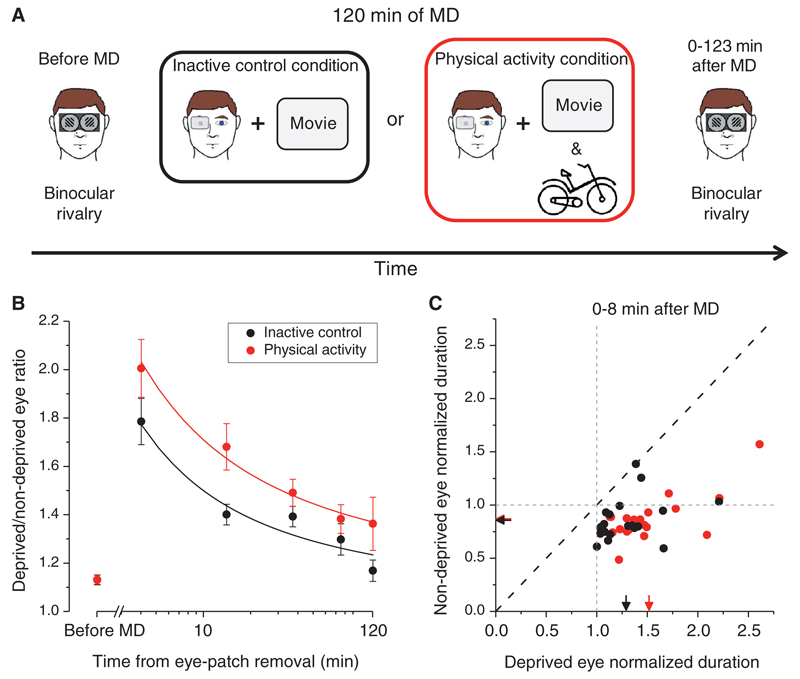Figure 1. Schematic diagram of the experimental paradigm and results.
(A) Binocular rivalry between orthogonally oriented gratings was tested before monocular deprivation and served as a behavioral baseline index for ocular dominance. During 120 minutes of monocular deprivation subjects wore a translucent eyepatch over the dominant eye. Two experimental conditions were tested for each subject: an inactive control condition in which, during monocular deprivation, the subject watched a movie while sitting still, and a physical activity condition in which, while watching a movie, the subject intermittently cycled on a stationary bike. After the end of the monocular deprivation period, binocular rivalry was tested for 120 minutes in 3-minute blocks at different time intervals. (B) The ratio between the mean phase duration of the deprived and that of the non-deprived eye plotted as a function of time from removal of the eye-patch. The effect of monocular deprivation (increase in deprived eye dominance) was higher for the physical activity condition (red symbols) compared to the inactive control condition (black symbols). A power decay function of the form given by equation 1 in the Supplemental Experimental Procedures section well fitted to the decay of the effect (inactive control condition: R2 = 0.79; physical exercise condition: R2= 0.97). (C) Scatter plot showing the mean phase durations of the deprived and non-deprived eyes recorded during the first 8 minutes after monocular deprivation and normalized for each subject to their baseline mean phase duration (inactive control condition: black symbols; physical exercise condition: red symbols). The arrows on the x and y axes represent average mean phase durations. The dashed grey lines indicate the point of no difference in mean phase duration between pre- and post-deprivation measurements. Error bars show ± 1 s.e.m.

